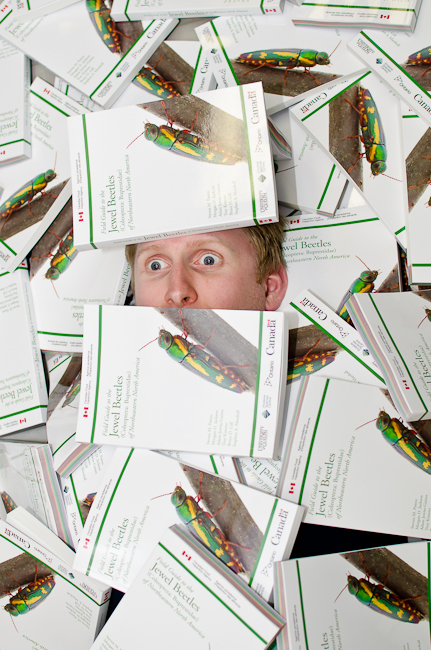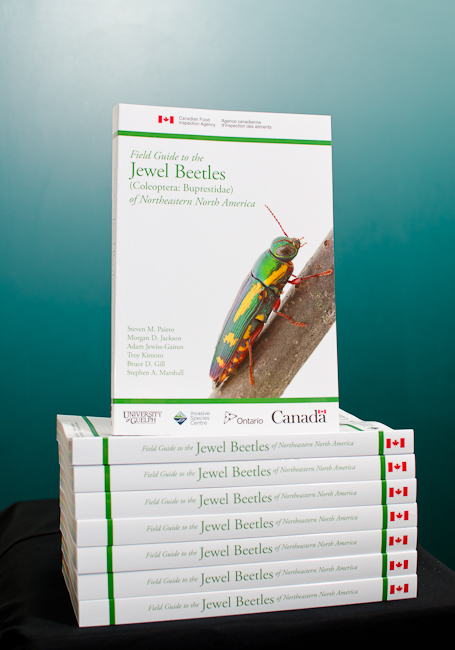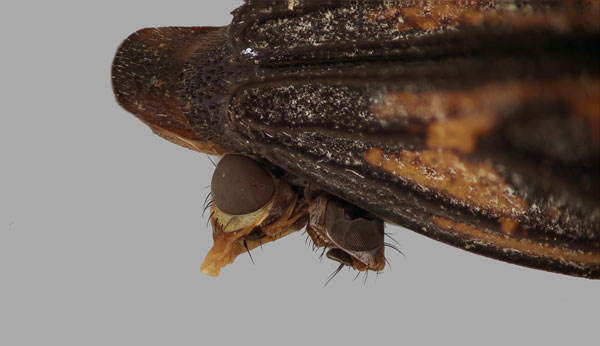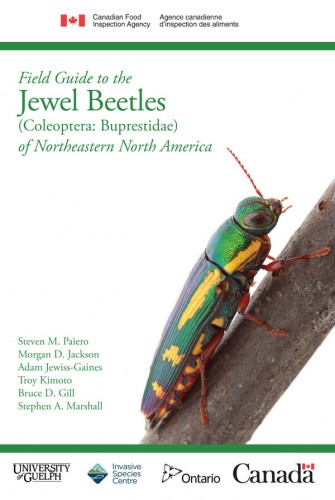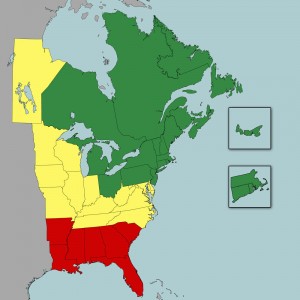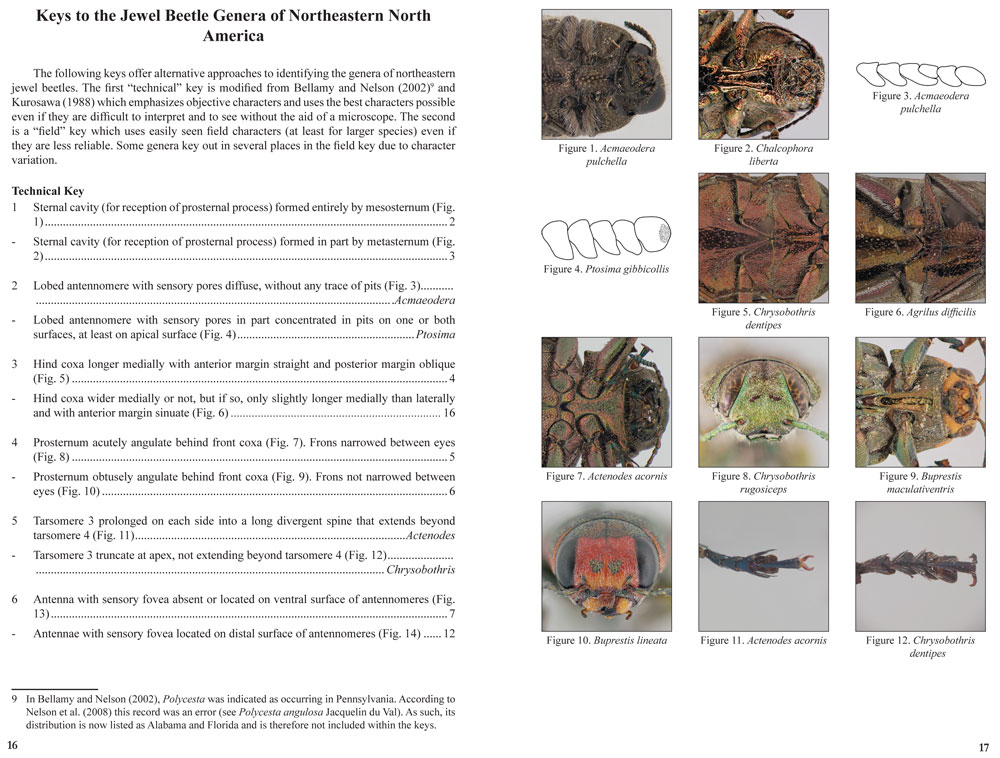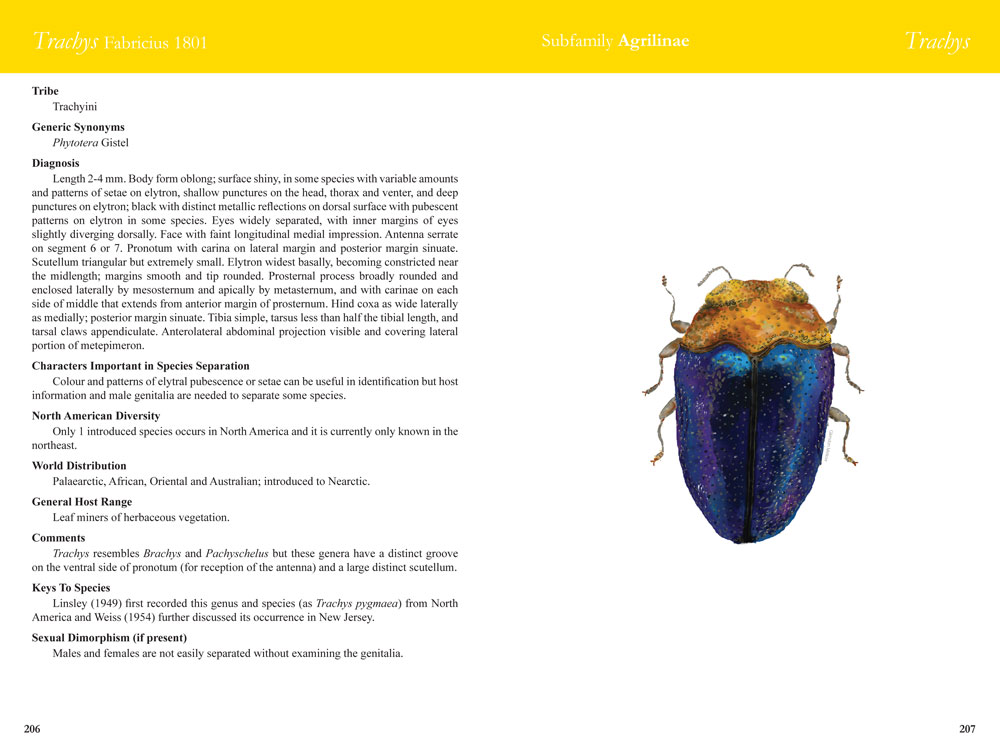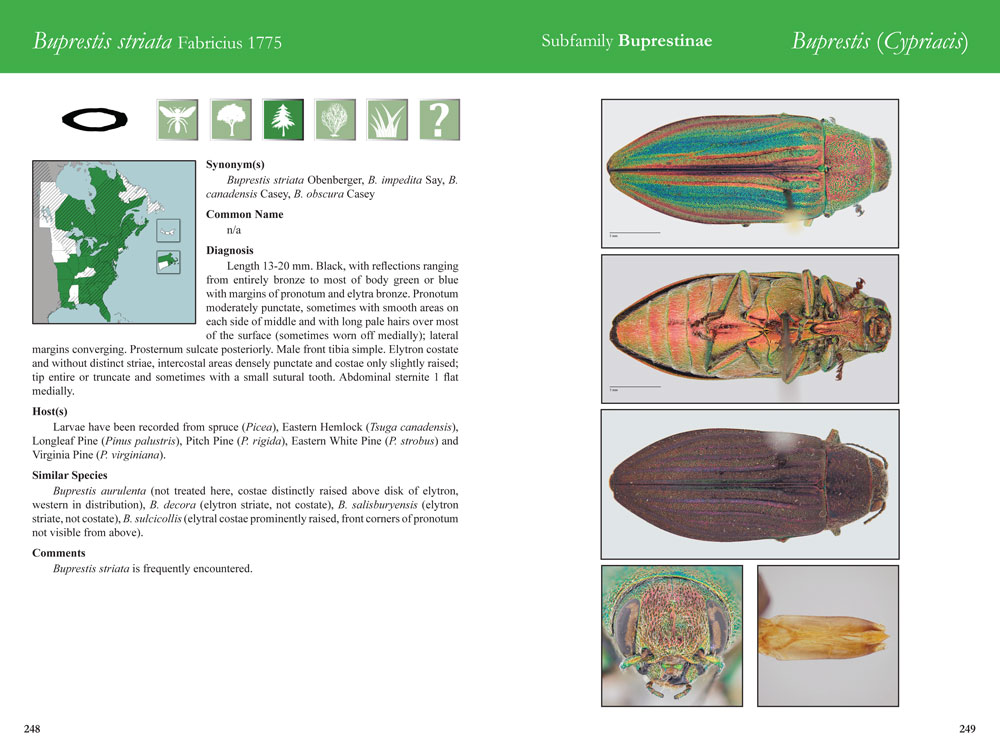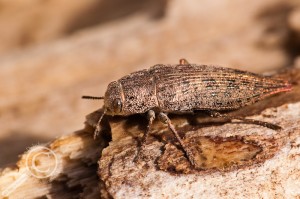Remember the last time I wrote about the Jewel Beetle Field Guide and said international orders “should begin shipping by June“? Ya, about that…
It turns out that we were much more successful spreading the word about the field guide than the Canadian Food Inspection Agency had expected, and ended up having significantly more orders come from outside of Canada than the CFIA had budgeted for!
Out of money, and with more than 1,000 people patiently awaiting their copies, we were in a tight place this summer. Thankfully, Michael Bohne of the US Forest Service in New Hampshire came to the rescue and arranged to distribute all of the US orders. Mike and his crew received the massive shipment of books last week, so I think it’s safe to say (famous last words) that the field guide should be hitting mailboxes across the US in the next few weeks! I want to say a huge Thank You to Mike and the US Forest Service for helping us get the field guide where it needs to be, and also thanks to everyone who put up with all of the unexpected delays the past several months.
Now, with all this good news, there’s also a bit of bad news. Because of the budget crunch, we’re not going to be able to fulfill orders outside of North America. I feel absolutely terrible about offering the book to anyone, anywhere and then being forced to backtrack, but the CFIA just doesn’t have the money to cover it, and unfortunately neither do I. My sincerest apologies for those beetle-maniacs who were looking forward to getting a copy.
However, here’s a consolation prize for anyone who’s missing out on the hardcopy: you can now download a complete PDF of the book, in either English or French! It may not be quite as nice as a copy on your shelf, but it comes with other perks, like being easily searchable and with high resolution photographs throughout! Since the files are so large, I recommend right clicking on the link and selecting “Save Link As”, which will download the PDF to your computer rather than try and open it in your browser.
If you live in North America, there are still some hard copies available, which can be ordered by calling 1-800-442-2342 and placing your order with Service Canada. US orders might take a little longer to ship as they will be waiting for a critical mass to ship copies out rather than one at a time. UPDATE: Sorry, hard copies are all sold out at this time.
Finally, Glendon Mellow, the science artist & illustrator who provided several of the illustrations in the field guide, has prints (and other items) of the field guide artwork available for purchase in his online store. If you’re a fan of the book, or jewel beetles in general, why not support Glendon, and get a little jewel beetle art for your home or lab!

